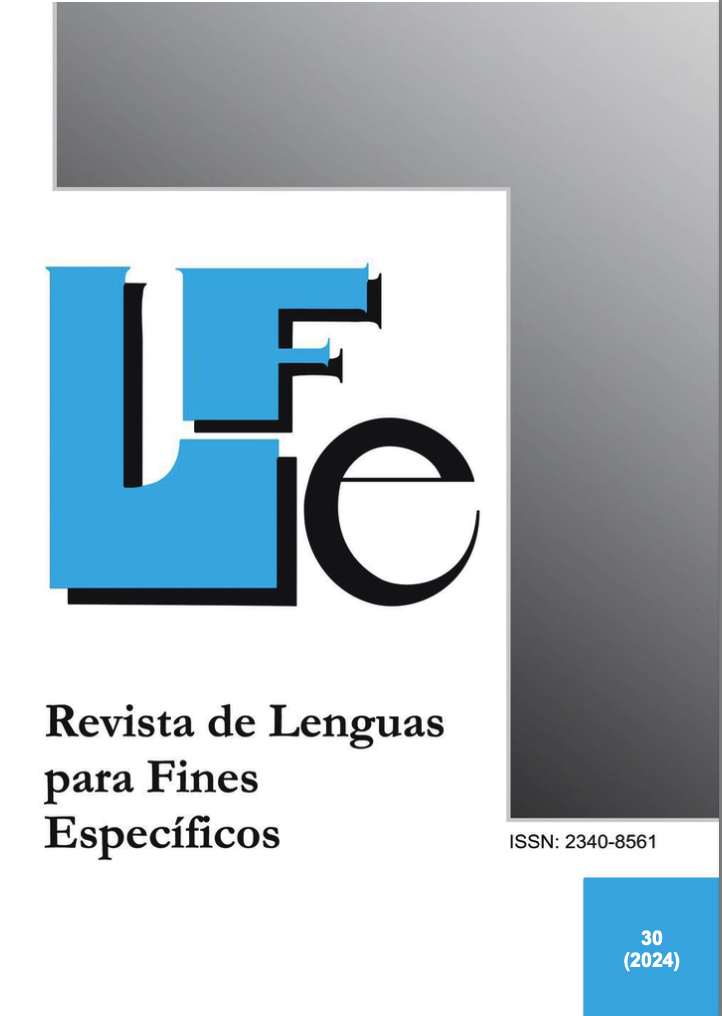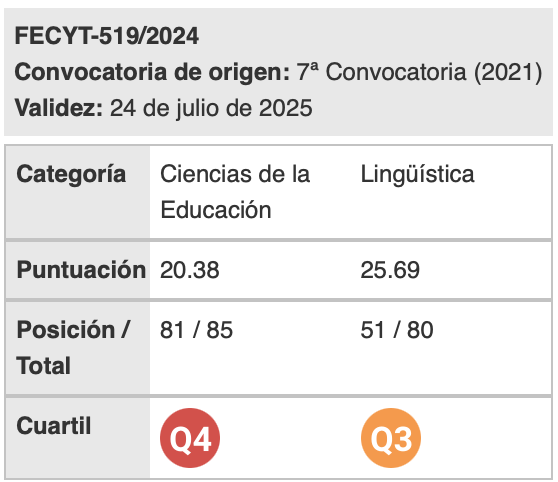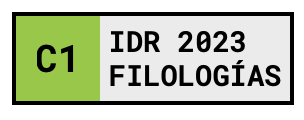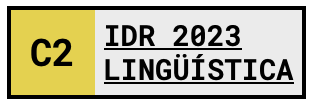Eponymous designations in popularising medical texts - a contrastive German-Portuguese study
DOI:
https://doi.org/10.20420/rlfe/2024.698Keywords:
medical eponyms, languages for special purposes, medical vulgarisation, German-PortugueseAbstract
In the field of medical language, the designation of diseases, as well as anatomical designations, therapeutic methods and devices used to treat patients, has always been marked by the use of eponyms, metaphors and metonyms. Several studies (Montalt & González-Davies, 2007; Ferguson & Thomas, 2014, among others) report translation problems caused by a different use of these designations in a given language pair. Based on these issues, the present study aims to analyse and contrast the use of eponyms and metaphors in medical language in the language pair German-Portuguese. The aim of the study is to identify and analyse eponyms in medical texts by using comparable corpora. In a first instance, the corpora were compiled from texts belonging to medical websites for the general public. The German corpus consists of 123 026 tokens and the Portuguese corpus of 150 323 tokens. On the basis of the corpora, eponyms were extracted and analysed according to their linguistic features. The analysis resulted in a comparison of the eponyms used in both languages. The study aims to contribute to research in Languages for Special Purposes on the vulgarisation of medical language.
Downloads
References
Alegre, T. & Herget, K. (2012). Análise de técnicas de tradução em textos da área da saúde e bem-estar no par de línguas alemão-português. Máthesis, 21, 149-162.
Aronson, J. K. (2014). Medical eponyms: taxonomies, natural history, and the evidence. BMJ 2014;349:g7586 doi: 10.1136/bmj.g7586.
Duque-Parra, J. E., Llano-Idárraga, J. O. & Duque-Parra, C. A. (2006). Reflections on Eponyms in Neuroscience Terminology. The Anatomical Record (Part B: New Anat.), 289B(6), 219–224.
Ferguson, R. P. & Thomas, D. (2014). Medical Eponyms. Journal of Community Hospital Internal Medicine Perspectives, 4(3), 25046. http://dx.doi.org/10.3402/jchimp.v4.25046.
Herget, K. & Alegre, T. (2019). Dificultades de traducción de textos de divulgación científica entre el par de idiomas portugués-alemán. In C. Carrasco, M. Cantarero Muñoz & C. Díez Carbajo (Eds.), Traducción y sostenibilidad cultural: sustrato, fundamentos y aplicaciones (pp. 459-466). Ediciones Universidad Salamanca.
Hoof, H. van (1986). Les éponymes médicaux: essai de classification. Meta, 31(1), 59-84.
Karenberg, A. (2011). Fachsprache Medizin im Schnellkurs. Stuttgart: Schattauer.
Laviosa, S. (2002). Corpus‐based Translation Studies: Theory, Findings, Applications. Amsterdam: Rodopi.
Laviosa, S. (2011). Corpus Linguistics and Translation Studies. In V. Viana, S. Zyngier & G. Barnbrook (Eds), Perspectives on Corpus Linguistics (pp. 131-153). Amsterdam/Philadelphia: John Benjamins.
Laviosa, S. (2013). Corpus linguistics in translation studies. In C. Millán & F. Bartrina (Eds.), The Routledge Handbook of Translation Studies (pp. 228-240). London: Routledge.
Maia, B. (2003). What are comparable corpora. Proceedings of the Corpus Linguistics workshop on Multilingual Corpora: Linguistic requirements and technical perspectives. [https://repositorio-aberto.up.pt/bitstream/10216/14024/2/whatare000072831.pdf].
Manuila, L., Manuila, A. Lewalle, P. & Nicoulin, M. (2004). Dicionário Médico. 3.ª edição. Adaptação e revisão da edição portuguesa J. A. Falcato. Lisboa: Climepsi Editores.
Mikhailov, M. & Cooper, R. (2016). Corpus Linguistics for Translation and Contrastive Studies: A guide for research. London: Routledge.
Montalt, V. & González-Davies, M. (2007). Medical Translation Step by Step. Translation Practices Explained. Manchester: St. Jerome Publishing.
Neves, O. (2003). Dicionário do nome das coisas e outros epónimos. Lisboa: Editorial Notícias.
Niederhauser, J. (1999). Wissenschaftssprache und populärwissenschaftliche Vermittlung. Tübingen: Narr.
Olohan, M. (2004). Introducing Corpora in Translation Studies. London: Routledge.
Popescu, F. (2009). Specialist Eponyms and General Eponyms in a Lexicographic Perspective on the English Language. In D. Bejan, V. Lucatelli, O. Cenac (Eds.), Analele Universităţii Dunărea de Jos din Galaţi. Fascicula XXIV, Lexic comun/Lexic specializat, 1, 1, 103-107.
Popescu, F. (2013). Translating English Nursing Eponyms into Romanian. Translation Studies: Retrospective and Prospective Views, Year VI Vol. 16, 101-107.
Silveira, F. de A. & Barros, L. A. (2006). Estudo descritivo da estrutura morfossintática e léxico-semântica de termos eponímicos do domínio da Dermatologia. Revista de Estudos da Linguagem, 14(1), 175-201.
Wermuth, M.-C. & Verplaetse, H. (2019). Medical terminology in the Western World: current situation (pp.83-108). In A. Alsulaiman & A. Al-Laithy (Eds.), Handbook of terminology (HoT) vol 2 (chapter 4). Amsterdam/Philadelphia: John Benjamins.
Zanettin, F. (2014). Corpora in Translation. In J. House (Ed.), Translation: A Multidisciplinary Approach (pp. 178-199). Hampshire/ New York: Palgrave Macmillan.
Downloads
Published
How to Cite
Issue
Section
License
Copyright (c) 2024 Teresa Teresa Alegre, Katrin Herget

This work is licensed under a Creative Commons Attribution-NonCommercial-NoDerivatives 4.0 International License.
Authors who publish with this journal agree to the following terms:
- Authors retain copyright and grant the journal right of first publication with the work simultaneously licensed under a Creative Commons Attribution License that allows others to share the work with an acknowledgement of the work's authorship and initial publication in this journal.
- Authors are able to enter into separate, additional contractual arrangements for the non-exclusive distribution of the journal's published version of the work (e.g., post it to an institutional repository or publish it in a book), with an acknowledgement of its initial publication in this journal.
- Authors are permitted and encouraged to post their work online (e.g., in institutional repositories or on their website) prior to and during the submission process, as it can lead to productive exchanges, as well as earlier and greater citation of published work (See The Effect of Open Access).

Revista de Lenguas para fines específicos is licensed under a Creative Commons Reconocimiento-NoComercial-SinObraDerivada 4.0 Internacional License.

























